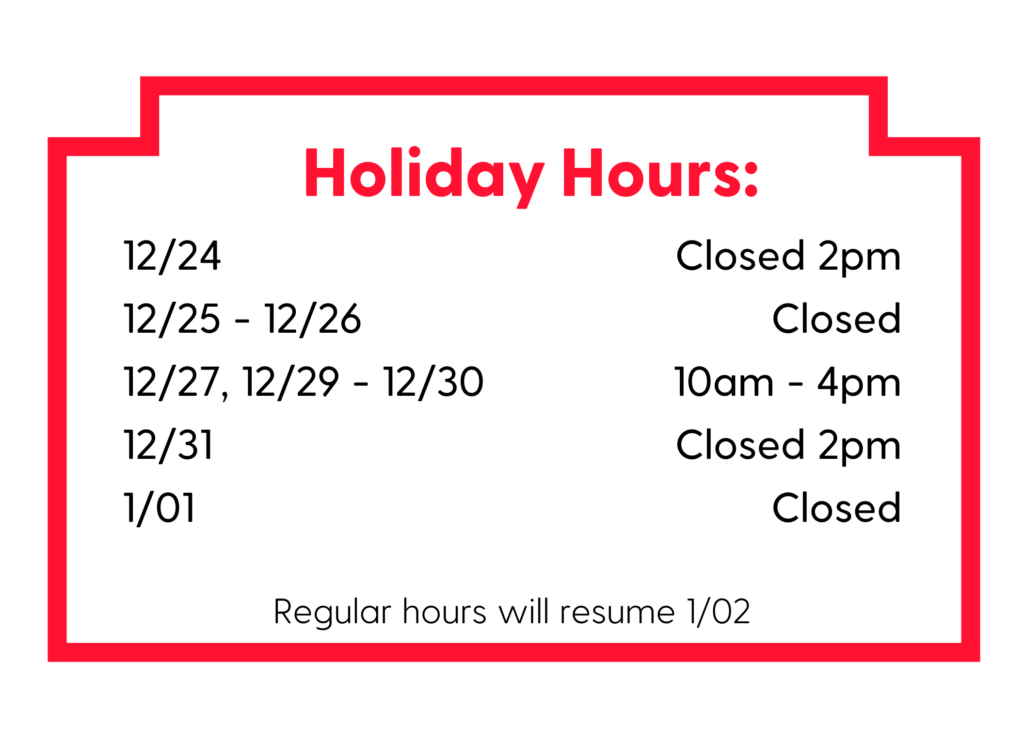Easy Ways To Make Your Art Accessible To Everyone
by: Katlyn Eriksen
 Creating or simply appreciating art can do so much to feed the mind and soul, which is why it’s important that everyone should be able to experience it, despite any physical limitations. Because of this, museums all over the world are now taking concrete steps to provide a satisfying experience for those who are visually impaired, as well as for people who have mobility challenges. The Wellcome Collection, in particular, is making headlines as the New York Times notes that this science and medicine London institution could be the most accessible museum in the world right now. With display heights strategically planned to accommodate wheelchair users, audio and visual guides, and exhibits that include items that can be touched, it’s clear to see why visitors are flocking to this museum: the institution makes it very clear that accessibility has a place in art.
Creating or simply appreciating art can do so much to feed the mind and soul, which is why it’s important that everyone should be able to experience it, despite any physical limitations. Because of this, museums all over the world are now taking concrete steps to provide a satisfying experience for those who are visually impaired, as well as for people who have mobility challenges. The Wellcome Collection, in particular, is making headlines as the New York Times notes that this science and medicine London institution could be the most accessible museum in the world right now. With display heights strategically planned to accommodate wheelchair users, audio and visual guides, and exhibits that include items that can be touched, it’s clear to see why visitors are flocking to this museum: the institution makes it very clear that accessibility has a place in art.
Whether you’re a seasoned artist or are looking to showcase your art for the first time, you too can make your art accessible to everyone. With some planning and strategy, you can help those with physical limitations experience art in the best way.
Choose your location wisely
Having good lighting and adequate space is key to having a successful art exhibition, but to make it accessible, pick a place located on the ground floor. If that’s not possible, make sure to book a place where there are lifts in the building. Having no steps or ramps within the exhibit space can also help those with mobility issues move around better.
Enlist the help of a sign language interpreter
Letting people know that your exhibit is disability-friendly through an accessible and easy to navigate webpage can get the word out and give people with disabilities a general idea about what to expect from the event. On your website or social media page, make sure to specifically list the accessibility provisions, and provide your contact details so those with questions about it can get in touch with you. As more people will be going to your exhibit, have a plan in place to ensure that even those who are impaired can communicate with you and other artists. If you know someone who is fluent in sign language, ask them if they can help out at the exhibit, or you can hire a sign language interpreter. The standard rate of a sign language interpreter is currently at around $27 per hour, so make sure to have a budget in place.
Guide them well
On the day of the exhibit, make sure that doors are kept wide open so wheelchair users can move around, and have an evacuation plan in place in case of an emergency. Instead of pre-recorded audio guides, the artist and those who are familiar with the artist’s work should serve as exhibit tour guides, as they can vividly describe a piece of art to those with visual impairments. Placing Braille descriptions near paintings or installations can also help those with partial or total vision loss to get more information.
Art should be an inclusive experience as it does so much to improve a person’s well-being. Try following these tips to make art accessible to everyone, and to help build a more equal and diverse art community.

